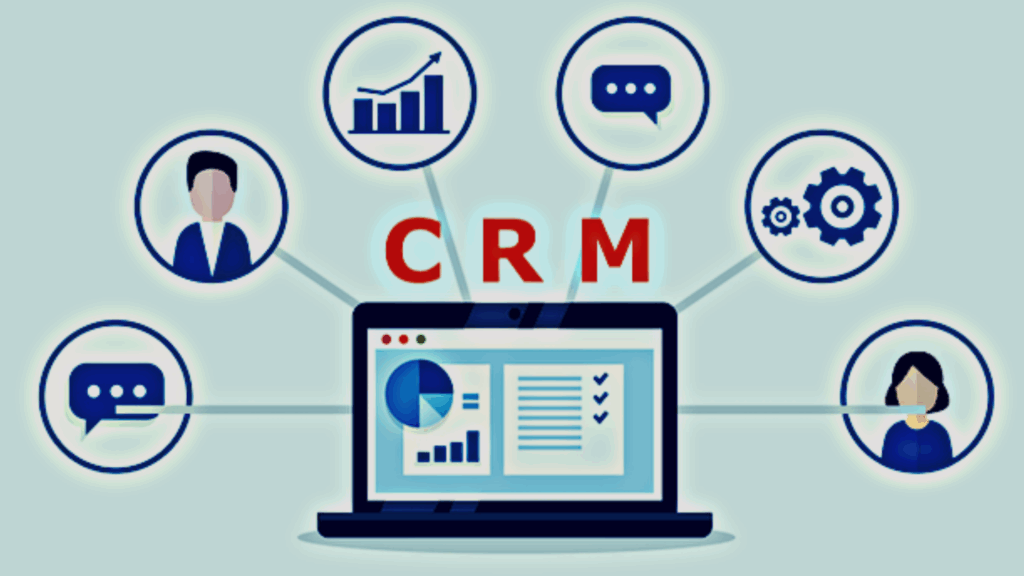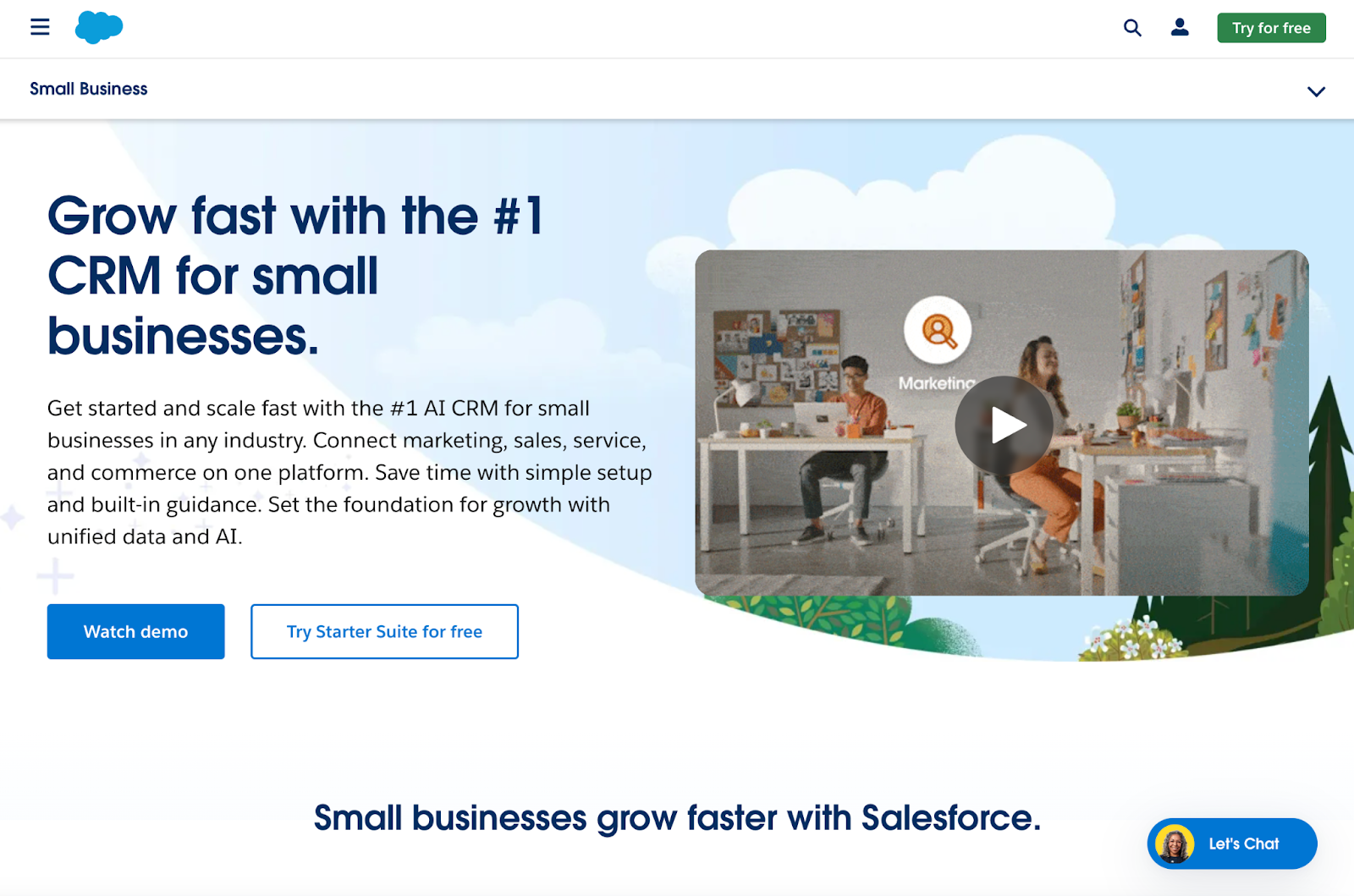
Introduction: The Power of Unified Systems
In the fast-paced digital landscape, businesses are constantly seeking ways to streamline operations, enhance customer experiences, and drive growth. One of the most potent strategies for achieving these goals is the integration of Customer Relationship Management (CRM) systems with website platforms. This article delves into the intricacies of CRM integration with Webflow, a leading no-code website builder, exploring its benefits, implementation strategies, and real-world applications. We’ll uncover how this powerful combination can revolutionize your business processes and unlock unprecedented growth opportunities.
Understanding the Core Components: CRM and Webflow
What is CRM?
Customer Relationship Management (CRM) is a technology that helps businesses manage their interactions with current and potential customers. At its heart, a CRM system acts as a centralized hub for all customer-related data, including contact information, communication history, purchase records, and more. This comprehensive view enables businesses to personalize their interactions, improve customer service, and make data-driven decisions.
Key features of a CRM system typically include:
- Contact Management: Storing and organizing customer information.
- Sales Automation: Automating sales processes, such as lead tracking and opportunity management.
- Marketing Automation: Automating marketing campaigns and tracking their performance.
- Customer Service: Managing customer inquiries and resolving issues.
- Analytics and Reporting: Providing insights into customer behavior and business performance.
What is Webflow?
Webflow is a no-code website builder that empowers users to design, build, and launch responsive websites without writing any code. It offers a visual interface that allows users to create custom designs, manage content, and integrate with other tools and services. Webflow has become a popular choice for businesses of all sizes due to its flexibility, ease of use, and powerful features.
Key features of Webflow include:
- Visual Design: Drag-and-drop interface for creating website layouts.
- Content Management System (CMS): Managing website content with ease.
- Hosting: Built-in hosting for reliable website performance.
- E-commerce: Building and managing online stores.
- Integrations: Connecting with third-party services, including CRM systems.
The Synergy: Why CRM Integration with Webflow Matters
The integration of CRM with Webflow creates a powerful synergy that benefits businesses in numerous ways. By connecting these two platforms, you can:
- Enhance Lead Generation: Capture leads directly from your website forms and automatically add them to your CRM.
- Improve Customer Segmentation: Segment your website visitors based on their behavior and interests, and tailor your marketing efforts accordingly.
- Personalize Customer Experiences: Deliver personalized content and offers to website visitors based on their CRM data.
- Streamline Sales Processes: Automate lead qualification, sales follow-up, and other sales-related tasks.
- Gain Actionable Insights: Track website performance and customer behavior to gain insights into your sales and marketing efforts.
- Boost Efficiency: Eliminate manual data entry and reduce the risk of errors by automating data transfer between Webflow and your CRM.
- Enhance Customer Service: Provide customer service representatives with complete customer information to improve the quality of support.
In essence, integrating CRM with Webflow allows you to create a seamless customer journey, from initial website visit to post-purchase support. This unified approach leads to higher conversion rates, increased customer satisfaction, and ultimately, business growth.
Step-by-Step Guide to CRM Integration with Webflow
The process of integrating CRM with Webflow can vary depending on the specific CRM system and integration method you choose. However, the general steps involved are as follows:
1. Choose Your CRM and Integration Method
The first step is to select a CRM system that meets your business needs. Popular CRM options include:
- HubSpot CRM
- Salesforce
- Zoho CRM
- Pipedrive
- ActiveCampaign
- Monday.com
Next, you’ll need to choose an integration method. There are several options available:
- Native Integrations: Some CRM systems offer native integrations with Webflow. This is often the easiest and most seamless integration method.
- Third-Party Integrations: Services like Zapier, Make (formerly Integromat), and Integromat (now Make) allow you to connect Webflow with a wide range of CRM systems. This is a flexible option that doesn’t require any coding.
- Custom Integrations: For more advanced integrations, you can use Webflow’s API and the API of your CRM system to build a custom integration. This requires coding skills.
2. Set Up Your CRM and Webflow Accounts
If you haven’t already, create accounts for your CRM and Webflow platforms. Configure your CRM system with your business information, user accounts, and any custom fields you need. In Webflow, design and build the website pages that will be involved in the integration, such as forms and landing pages.
3. Connect Your Accounts
Follow the instructions provided by your chosen integration method to connect your CRM and Webflow accounts. This may involve authenticating your accounts, entering API keys, or configuring webhooks.
4. Configure Data Mapping
Data mapping is the process of specifying how data will be transferred between Webflow and your CRM. For example, you’ll need to map the form fields in your Webflow forms to the corresponding fields in your CRM. This ensures that data is accurately captured and stored.
5. Test Your Integration
Before launching your integration, thoroughly test it to ensure that data is flowing correctly between Webflow and your CRM. Submit test form submissions, track leads, and verify that data is being updated in your CRM as expected.
6. Optimize and Refine
Once your integration is live, monitor its performance and make any necessary adjustments. You may need to refine your data mapping, adjust your workflows, or add new triggers and actions to optimize the integration for your specific business needs.
Deep Dive: Specific Integration Scenarios
Let’s explore some specific integration scenarios and how they can benefit your business:
Lead Capture and Management
Scenario: A visitor fills out a contact form on your Webflow website, expressing interest in your product or service.
Integration: When the form is submitted, the visitor’s information is automatically captured and added as a lead in your CRM. This data can include name, email, phone number, and any other information collected through the form. The lead can then be assigned to a sales representative for follow-up.
Benefits:
- Faster Lead Response: Sales reps can respond to leads quickly, increasing the likelihood of converting them into customers.
- Centralized Lead Data: All lead information is stored in a centralized location, making it easier to manage and track.
- Improved Lead Qualification: Sales reps can quickly qualify leads based on the information captured in the form.
E-commerce Integration
Scenario: A customer makes a purchase on your Webflow e-commerce website.
Integration: The customer’s order information, including product details, purchase amount, and shipping address, is automatically synced with your CRM. This data can be used to create customer profiles, track purchase history, and personalize marketing efforts.
Benefits:
- Personalized Customer Experience: Tailor your marketing efforts and offers based on customer purchase history.
- Improved Customer Service: Customer service reps can quickly access order information to resolve issues and answer questions.
- Automated Order Tracking: Track order status and send automated updates to customers.
Email Marketing Automation
Scenario: A website visitor subscribes to your email newsletter.
Integration: The visitor’s email address and any other relevant information are automatically added to your CRM and email marketing platform (e.g., Mailchimp, ConvertKit, or Klaviyo). This allows you to segment your audience, send targeted email campaigns, and track email performance.
Benefits:
- Targeted Email Campaigns: Send relevant content and offers to specific customer segments.
- Increased Engagement: Improve email open and click-through rates by personalizing your emails.
- Automated Email Sequences: Send automated email sequences to nurture leads and convert them into customers.
Event Registration and Management
Scenario: A visitor registers for an event through a form on your Webflow website.
Integration: The registrant’s information is automatically added to your CRM and event management platform (e.g., Eventbrite). This allows you to track registrations, manage attendance, and send event-related communications.
Benefits:
- Streamlined Event Management: Simplify the process of managing event registrations and attendees.
- Improved Communication: Send automated event reminders and updates to registrants.
- Data-Driven Insights: Track event attendance and use data to improve future events.
Leveraging Third-Party Tools for Seamless Integration
While native integrations are ideal, third-party tools often provide greater flexibility and connectivity options. Here’s a closer look at some popular choices:
Zapier
Zapier is a powerful automation tool that connects over 5,000 apps, including Webflow and a wide array of CRM systems. It works by creating “Zaps,” which are automated workflows that trigger actions based on specific events. For example, you can create a Zap that automatically adds a new Webflow form submission as a lead in your CRM.
Make (formerly Integromat)
Make is another robust automation platform that offers similar functionality to Zapier, but with a more visual and flexible interface. It allows you to build complex automation workflows with multiple steps and conditional logic. This makes it a great choice for businesses with complex integration needs.
Parabola
Parabola is a user-friendly data integration tool that’s particularly well-suited for businesses that need to move data between different systems. It offers a visual interface and a variety of pre-built templates for common integration tasks. Parabola can be a good option for businesses that need to clean, transform, and manipulate their data before syncing it with their CRM.
Best Practices for Successful CRM Integration with Webflow
To ensure a successful CRM integration with Webflow, consider the following best practices:
- Define Your Goals: Before you start, clearly define your goals for the integration. What do you want to achieve? What data do you need to sync? Having clear goals will help you choose the right CRM and integration method.
- Choose the Right CRM: Select a CRM system that aligns with your business needs and offers the features and integrations you require. Consider factors like pricing, ease of use, and scalability.
- Plan Your Data Mapping: Carefully plan how you’ll map data between Webflow and your CRM. Ensure that the data fields are aligned and that data is transferred accurately.
- Test Thoroughly: Before launching your integration, thoroughly test it to ensure that data is flowing correctly and that your automation workflows are working as expected.
- Monitor and Optimize: After launching your integration, monitor its performance and make any necessary adjustments. Regularly review your workflows and data mapping to ensure that they are still meeting your business needs.
- Prioritize Data Security: Implement robust security measures to protect your customer data. Use secure connections, encrypt sensitive information, and follow data privacy regulations.
- Document Your Process: Document your integration setup, data mapping, and automation workflows. This documentation will be helpful for troubleshooting and training new team members.
- Seek Expert Help: If you’re not comfortable with the technical aspects of CRM integration, consider seeking help from a Webflow expert or a CRM consultant.
Real-World Examples: Businesses Thriving with CRM-Webflow Synergy
Let’s explore some real-world examples of businesses that have successfully integrated CRM with Webflow:
- E-commerce Businesses: Online stores use the integration to track customer purchases, personalize marketing campaigns, and provide better customer service. For instance, a clothing retailer can track which items a customer has viewed, add them to their CRM, and then send targeted email promotions based on those interests.
- Marketing Agencies: Agencies utilize the integration to capture leads from their website, manage client projects, and track marketing campaign performance. When a potential client submits a contact form, the information is automatically added to the CRM, and the sales team can then follow up immediately.
- SaaS Companies: Software as a Service (SaaS) companies integrate to capture leads, manage user data, and track customer interactions within the app. When a trial user signs up, their data is synced to the CRM, allowing the sales team to personalize their follow-up.
- Consulting Firms: Consultants integrate to manage client relationships, track project progress, and automate client communication. When a new project is initiated, the client’s information is synced to the CRM, and the project team can then access all relevant information in one place.
- Non-profit Organizations: Non-profits use the integration to manage donations, track donor interactions, and personalize communication with supporters. When a donation is received through the website, the donor’s information is automatically added to the CRM for further engagement.
Troubleshooting Common CRM Integration Issues
Even with careful planning, you may encounter some issues during the CRM integration process. Here are some common problems and how to troubleshoot them:
- Data Synchronization Errors: Data may not be syncing correctly between Webflow and your CRM. This can be caused by incorrect data mapping, API errors, or limitations in the integration. To troubleshoot, review your data mapping settings, check the API logs for errors, and contact the support team for your CRM or integration tool.
- Form Submission Issues: Form submissions may not be reaching your CRM. This can be caused by incorrect form settings, incorrect API keys, or issues with the integration workflow. Double-check your form settings, verify your API keys, and test your workflows to identify the issue.
- Duplicate Data: You may experience duplicate data in your CRM. This can be caused by incorrect data mapping, multiple form submissions, or issues with your CRM settings. Review your data mapping settings, implement de-duplication rules in your CRM, and monitor your data for duplicates.
- Performance Issues: The integration may be slowing down your website or CRM. This can be caused by complex workflows, API rate limits, or other performance issues. Optimize your workflows, reduce the number of API calls, and monitor the performance of your integration.
- Security Concerns: Data may not be secure. This can be caused by using weak passwords, insecure connections, or other security vulnerabilities. Use strong passwords, enable encryption, and follow security best practices to protect your data.
The Future of CRM and Webflow Integration
The integration of CRM with Webflow is constantly evolving, with new features and capabilities being added regularly. Here are some trends to watch for:
- AI-Powered Integrations: Artificial intelligence (AI) is being used to automate more tasks, personalize customer experiences, and provide deeper insights into customer behavior.
- No-Code Automation: No-code platforms are becoming more powerful, making it easier for businesses to automate complex workflows without writing any code.
- Enhanced Data Analytics: Businesses are using data analytics to gain a better understanding of their customers and improve their marketing and sales efforts.
- Increased Personalization: Businesses are using personalization to deliver more relevant content and offers to their customers.
- Mobile Optimization: Integrations are becoming increasingly mobile-friendly, allowing businesses to manage their CRM and website from anywhere.
As these trends continue to develop, the integration of CRM with Webflow will become even more powerful and essential for businesses of all sizes.
Conclusion: Embrace the Power of Integration
CRM integration with Webflow is a game-changer for businesses seeking to optimize their customer relationships, streamline their operations, and drive growth. By connecting these two powerful platforms, you can create a seamless customer journey, personalize your marketing efforts, and gain valuable insights into your business performance.
Whether you’re a small business owner or a large enterprise, the benefits of CRM integration with Webflow are undeniable. By following the steps outlined in this article and staying up-to-date with the latest trends, you can harness the power of integration to achieve your business goals. Embrace the synergy, and watch your business thrive!

